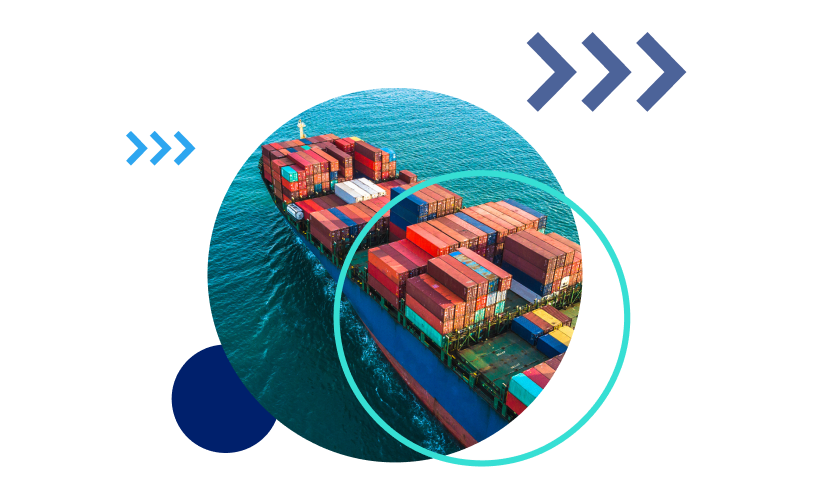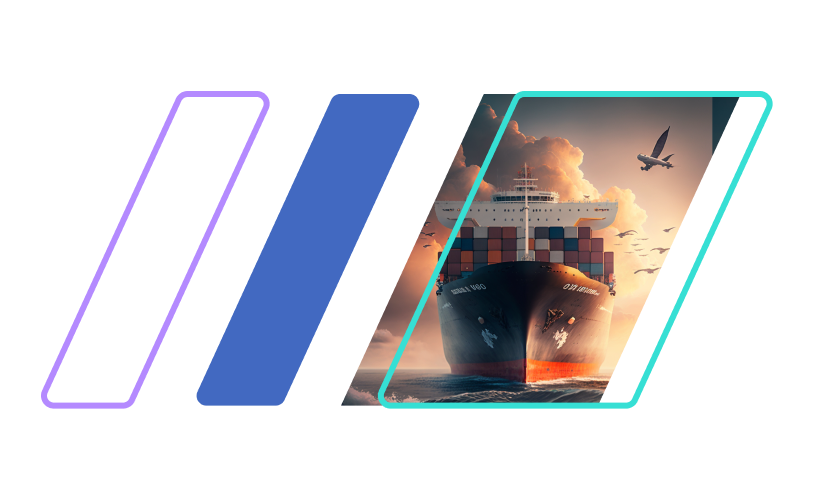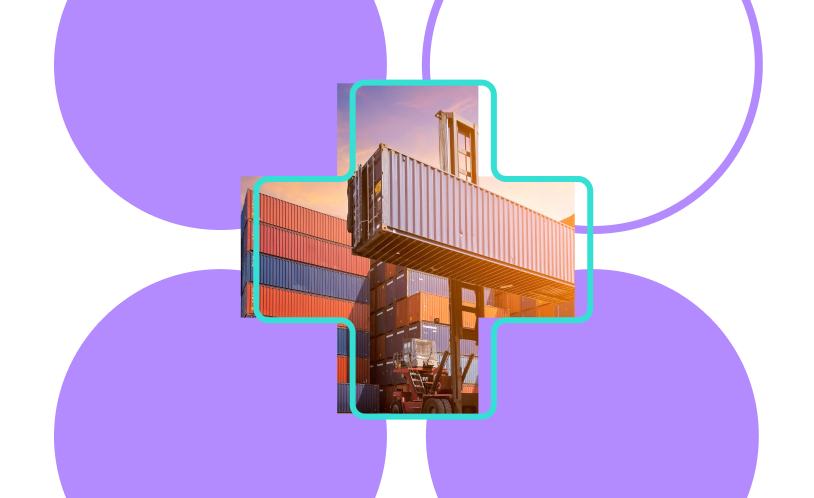So you’ve requested a freight quote and planned for the customs process.
What are the actual steps in moving your freight around the globe? This short guide covers it from end to end.

The following diagram makes it look pretty simple. A shipment starts by being loaded by a forklift onto a truck at pickup. It is taken for consolidation near a port, clears China Customs and is loaded on the ship or plane. Once the vessel gets to the US the process is repeated in reverse.

As simple as that sounds, a thousand things can (and do) go wrong. Sometimes, seriously wrong. That’s why successful importers rely on freight forwarders to manage their shipment.
The next section goes into more detail about each of these stages.
Shipment Stages
Pickup
Your forwarder, or their local agent, will only be involved in this step if your supplier and you have agreed to the EXW incoterm in your purchase agreement or purchase order.
One drawback of the EXW incoterm is that the supplier is not obliged to help load the truck. This problem is easily solved if you include loading as a requirement in your purchase agreement or order.
Origin
This stage covers the activities between pickup up and loading onto the vessel.
- Unless your shipment is a full container load, your shipment will go to a specialized warehouse to be consolidated with other shipments.
- The shipment then clears customs. In most countries, China included, exporting and customs clearance are simple, streamlined processes. Chinese customs are only on the lookout for a few items.
- The shipment is taken by truck to the port, where the port authorities (known in the freight industry as “terminal operators”) load the shipment onto the ship or plane.
- The following diagram maps the three incoterms you should select from, and the point at which responsibility (organizing and paying) and liability (following up if something goes wrong) for the shipment transfers from the buyer to the seller.

Main Transit
This is the main leg of the shipment, where your goods are flown or shipped from country to country. Confirm with your forwarder when you receive the quote whether the transit time is just for this leg or for all shipment stages that they are responsible for.
Destination
This is the point where the process starts repeating, but in reverse, namely, unloading, deconsolidation, and customs clearance. Customs regulations are more complicated when importing than importing, and the chances of customs inspection increase.
Delivery
This is when the shipment is transported from the warehouse to your shipment’s final destination, with a possible prepping stop (checking or preparing for Amazon compliance) in between. The shipment has to be picked up soon after customs clearance (more on this in the Customs Process guide). If the goods are going to a warehouse, the correct unloading equipment and people on hand need to be on hand when the truck arrives. If it’s going to an Amazon warehouse, this needs to be arranged well in advance.



